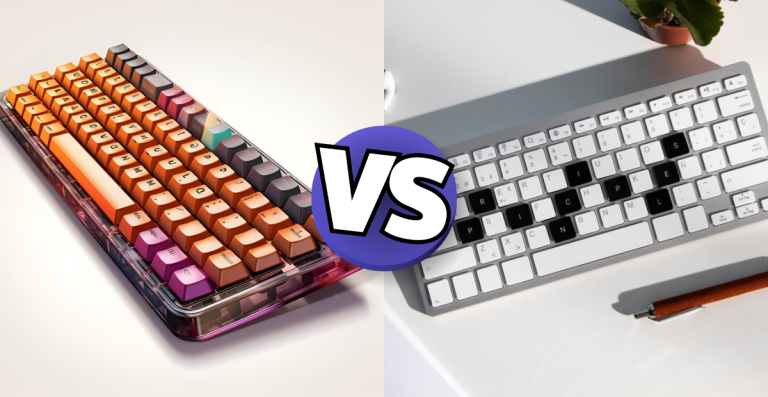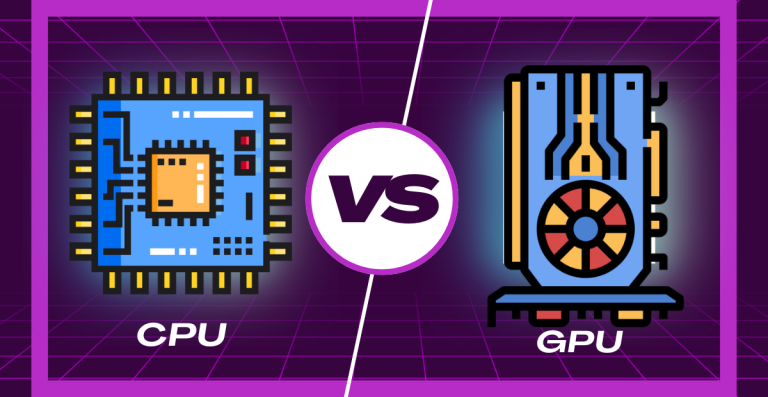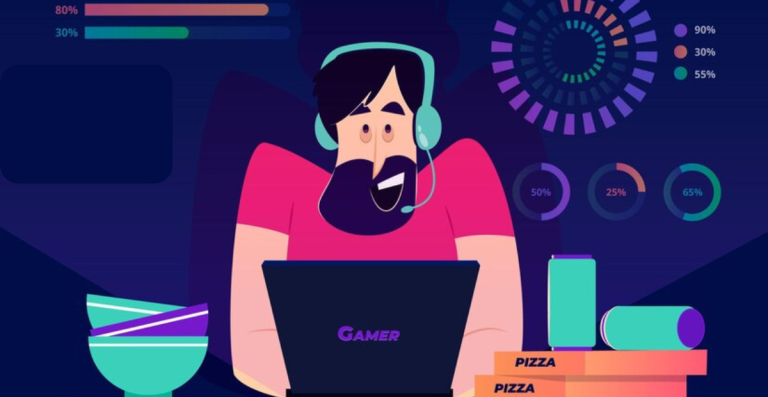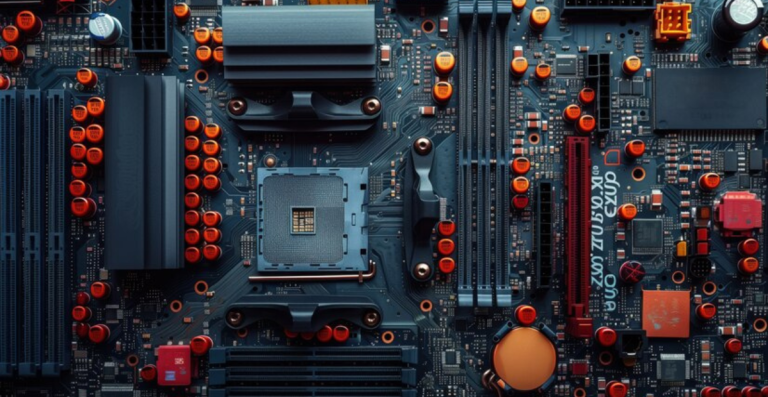Indie Developers Gaming: Navigating Success in the Competitive Market of 2025
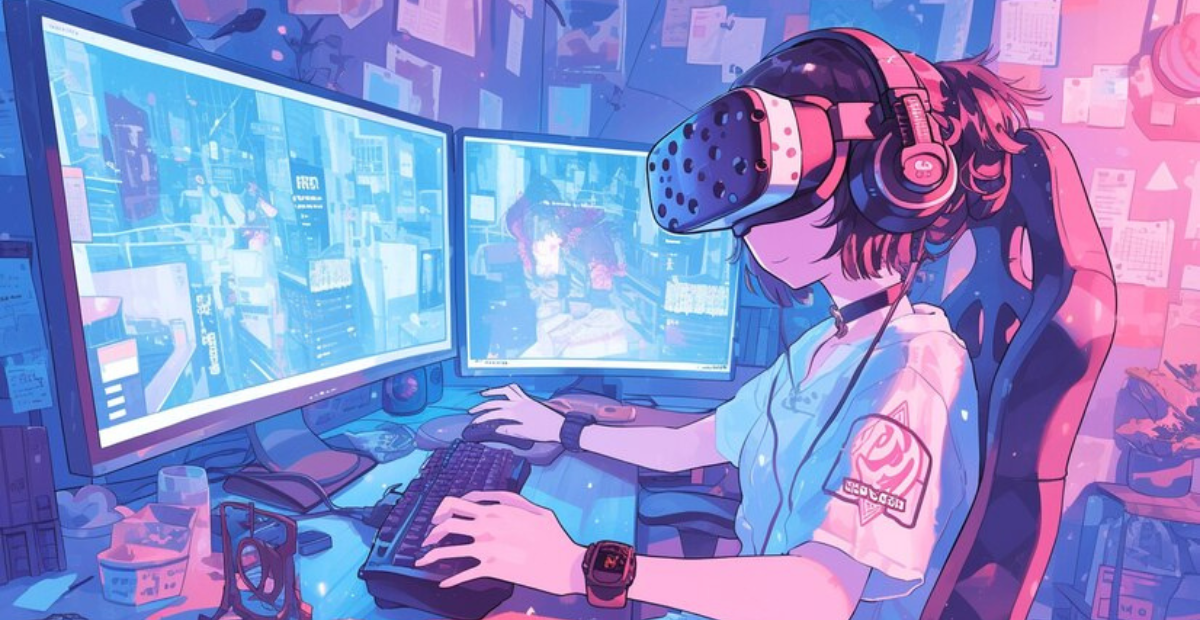
Indie game developers are changing the world of video games. Over the last ten years, they have made many exciting games that players really enjoy. These developers often work in small teams or even alone. They don’t need help from big game companies to make fun, creative, and interesting games.
Indie games are special because they bring new ideas. These developers don’t follow the same rules as big studios. They try different art styles, cool stories, and new ways to play. This is why many gamers love their work.
In this article, I’ll take you into the world of indie game development. You’ll learn how these developers work, how the industry has grown, and what makes their games so popular. I’ve added many useful ideas and real examples to help you understand better. Whether you’re a gamer or someone who wants to make games, this guide is made just for you.
The Rise of Indie Developers in Gaming
The world of indie games has grown a lot. In the past, most people only played games made by big companies. But now, many players enjoy games made by small teams or solo creators. This big change started in the late 2000s and has continued to grow every year.
Imagine walking into a huge game convention. You see rows of booths, each one showing a different game. These aren’t big-budget titles from large companies. Instead, they are creative games made by small groups of passionate developers.
Some of the games are colorful and fun, while others are deep and emotional. People gather around to play them, ask questions, and support the makers. This is the true heart of indie gaming today.
Indie developers now have more chances than ever before. Thanks to tools and the internet, they can create and share their games with the world. Many of these games are loved because they are different, full of heart, and made with care.
Defining the Indie Developer in the Gaming Industry
Indie developers are people or small teams who make video games without help from big game companies. They usually work from home or small offices. Most of the time, they pay for the game themselves or raise money in other ways. Since they don’t answer to a big publisher, they can make the game just how they want.
An indie team can be just one person or up to 10 or 15 people. Everyone in the team often does more than one job. For example, one person might do both the art and the music. Another person might write the story and also code the game.
Creative Freedom and Risk-Taking
What makes indie developers special isn’t just their size. It’s how free they are to make bold and risky choices. They don’t have to follow rules from bosses or publishers. They can try strange game ideas, fun art styles, or tell deep stories that big studios avoid because they seem too risky.
Sometimes, their games are very simple. Other times, they are very creative and surprising. But what they all have in common is freedom—the freedom to try something new.
Personal Expression in Games
Indie games often show the personal style of the developer. Many indie creators make games based on their own thoughts, feelings, or dreams. These games can feel very real and honest.
Players enjoy this. They like games that don’t just follow trends or copy other popular games. When a game feels like it came from someone’s heart, people notice. That’s why many indie games become favorites for players who want something fresh and meaningful.
Key Milestones in Indie Game Development
In the late 2000s, a big change happened. A few small games made by indie developers became very popular. Games like Braid and World of Goo showed the world that small teams could make amazing games. These games didn’t have big budgets, but they were full of creativity, fun, and heart.
This success was the start of what many people call the “indie revolution.” It proved that you don’t need a huge studio to make a game that people love.
Digital Distribution Platforms
Before, if you wanted to sell a game, you needed a store to sell CDs or DVDs. But now, with digital stores like Steam, developers can upload their games online. In 2012, Steam made it easier for indie developers to share games directly with players around the world.
This change removed the gatekeepers. It meant indie developers didn’t need to find a publisher to sell their games. They could sell them on their own, often making more money and reaching more people.
Major Success Stories
Some indie games became super famous. Minecraft started as a small game made by one person. Later, it was bought by Microsoft for $2.5 billion! Another example is Stardew Valley, a farming game made by just one developer. It sold more than 20 million copies and is loved by players all over the world.
Stories like these inspire new indie developers every day. They show that big dreams can come true, even with small teams.
The Rise of Accessible Game Engines
Making games used to be very hard, especially if you didn’t know a lot about coding. But now, tools like Unity and Unreal Engine make it easier. These engines help people create games even if they don’t have much experience.
Unity is great for 2D and 3D games and has a big store where you can buy ready-made game parts. Unreal Engine has amazing graphics and a tool called Blueprints, which lets you build games without needing to write a lot of code. These tools help make game-making possible for more people than ever before.
Indie Games as a Source of Innovation in the Gaming Industry
Indie games are often at the forefront of innovation in the gaming industry. They bring fresh ideas, experimental gameplay, and unique art styles that larger studios might shy away from due to financial risks.
Shifts in the Indie Game Marketplace
Today, it’s easier than ever to make and share an indie game. But this has also created a new problem: too many games. In 2023 alone, thousands of indie games were released. With so many choices, it’s hard for any one game to stand out.
This is called a “paradox.” Indie developers have more chances, but they also face more competition. Even great games can be missed if they don’t catch people’s attention.
The Need for Innovative Marketing
To succeed, indie developers must do more than just make a fun game. They also need smart marketing. This means talking to players, posting on social media, and finding creative ways to show off their game.
Some developers build strong communities before the game even launches. Others make cool trailers, fun dev blogs, or run contests. All of these help players notice the game and get excited about it.
Alternative Funding Models
Money is a big challenge for indie developers. Many of them don’t have enough savings to pay for everything. But now, there are more ways to raise money.
Some developers use crowdfunding on sites like Kickstarter, where players give money to help finish the game. Others apply for grants or work with small publishers who understand indie games. These options give creators more control over their projects.
The Blurring Line Between Indie and Mainstream
Things are changing. Some indie games are now as popular as games from big studios. Big companies have noticed and started working with indie teams or even buying them.
This means the line between indie and mainstream is getting blurry. But many indie developers still work hard to keep their freedom and creative spirit, even when they grow bigger.
Factors Driving the Increasing Popularity of Indie Games:
- Growing demand for unique, creative gaming experiences.
- Players are seeking alternatives to mainstream, high-budget titles.
- Availability of affordable game development tools.
The Role of Digital Distribution Platforms:
- Platforms like Steam, Itch.io, and Epic Games Store enable direct access to global audiences.
- Eliminate the need for traditional publishers, allowing indie developers to thrive.
- Community support and organic growth drive the success of indie titles.
Core Tools and Platforms for Indie Game Creation
Two of the most popular tools for making indie games are Unity and Unreal Engine.
Unity and Unreal Engine as Game Engines
Unity is loved by many indie developers because it works well for both 2D and 3D games. It’s easy to learn, and its Asset Store helps developers by offering ready-to-use characters, sound effects, and game parts. This saves a lot of time and effort.
Unreal Engine is more powerful when it comes to graphics. It’s great for developers who want their game to look really amazing. Even though it can be harder to learn, it has a helpful tool called Blueprints, which lets developers create game systems without writing much code.
These engines have made it possible for small teams—and even one-person teams—to build professional-quality games.
Cross-Platform Development: iOS and Google Play
Indie developers want their games to reach as many people as possible. That means they often create games that work on both iOS and Android phones.
For iOS (like iPhones and iPads), developers have to follow key considerations for iOS development, including:
- Apple’s strict review guidelines
- Higher performance expectations
- In-app purchase implementation
For Google Play, developers focus on testing their:
- Wider device compatibility testing
- Android-specific optimizations
- Different monetization patterns
Making games that work well on both platforms helps indie developers grow their audience.
Leveraging AI and Animation in Indie Projects
AI tools are helping indie developers do more with less. For example, Mixamo is a free tool that offers animated character movements like running, jumping, and fighting. Developers can use these animations in their games without having to create them from scratch.
There are also tools like Character Creator that help you make detailed 3D characters without needing to be a professional artist. These tools save time and help developers focus on making their games fun and exciting.
- NPC behaviors through machine learning
- Dialogue systems with natural language processing
- Game testing by simulating player actions
Best Practices in Indie Game Design and Development
When creating indie games, the key to success is more than just technical skills—it’s about crafting an enjoyable experience for players. This section explores the best practices that can help indie developers build fun, engaging, and successful games.
From designing gameplay that keeps players hooked to effectively testing and maintaining the game, these practices ensure that an indie game stands out and continues to grow after its release.
Building Quality and Engaging Gameplay
The most important part of any indie game is how fun it is to play. Indie developers don’t need the biggest budget or the fanciest graphics. What matters most is great gameplay.
Here are some things that help make a game enjoyable:
- Core loop: This is the main thing the player does over and over. It should feel satisfying and fun.
- Player feedback: Players should get clear signals when something happens—like cool sounds when they win or bright effects when they score points.
- Difficulty curve: A good game starts easy and slowly becomes more challenging.
- Art style: Indie games don’t need realistic graphics. A unique or creative art style can make a game stand out.
Many successful indie games started as unusual ideas that big companies wouldn’t try. That’s what makes them special.
Effective Use of Beta Testing
Before a game is released, it needs to be tested. This is called beta testing, and it helps developers find bugs and get helpful feedback.
There are a few types of testing:
- Closed beta: Only a small group of trusted players try the game.
- Open beta: Anyone can try the game and give feedback.
- Focused testing: The developers test just one part of the game, like combat or puzzles.
To get good feedback, developers often ask testers to answer short surveys or give opinions about what works and what doesn’t. This helps improve the game before launch.
Maintaining and Updating Indie Games
A game doesn’t end when it launches. Many indie developers keep updating their games to fix bugs, add new content, and make players happy.
Here’s what post-launch support usually includes:
- Bug fixes to keep the game stable.
- New content like levels, characters, or features.
- Communication with players about what’s coming next.
Keeping a game alive after release helps it grow a loyal community.
Marketing and Community Engagement for Indie Games
Once the game is ready, it’s time to make sure people know about it. Marketing and community engagement are essential for indie games to succeed in a crowded market. Without the backing of big publishers, indie developers have to be creative in how they attract players and build a loyal following.
Building Wishlists and User Interest
One of the first things an indie developer should do is get people excited about their game. This is where app store optimization (ASO) comes in. Developers should focus on:
- Releasing a polished demo: A short demo gives players a taste of the game.
- Using the right keywords: This helps people find the game in app stores.
- Creating a great trailer: A short, catchy trailer (under 90 seconds) can grab attention.
Building wishlists on platforms like Steam lets players say they’re interested, helping developers know there’s demand for their game before it’s even out.
Strategic Marketing Approaches
For indie developers, it’s important to define a unique value proposition—what makes the game stand out from the crowd. Once that’s clear, the next step is to market on the right platforms.
- Social media is a powerful tool. Developers should figure out where their audience spends time and use those platforms to share updates, behind-the-scenes content, and sneak peeks.
Creating a Supportive Player Community
Having a dedicated community is crucial for the game’s long-term success. A strong fan base can help spread the word and keep the game alive after launch.
- Q&A sessions or developer streams help build relationships with players.
- Community challenges or contests keep players engaged and excited.
- Highlighting player creations or achievements can also create a sense of belonging.
FAQ

